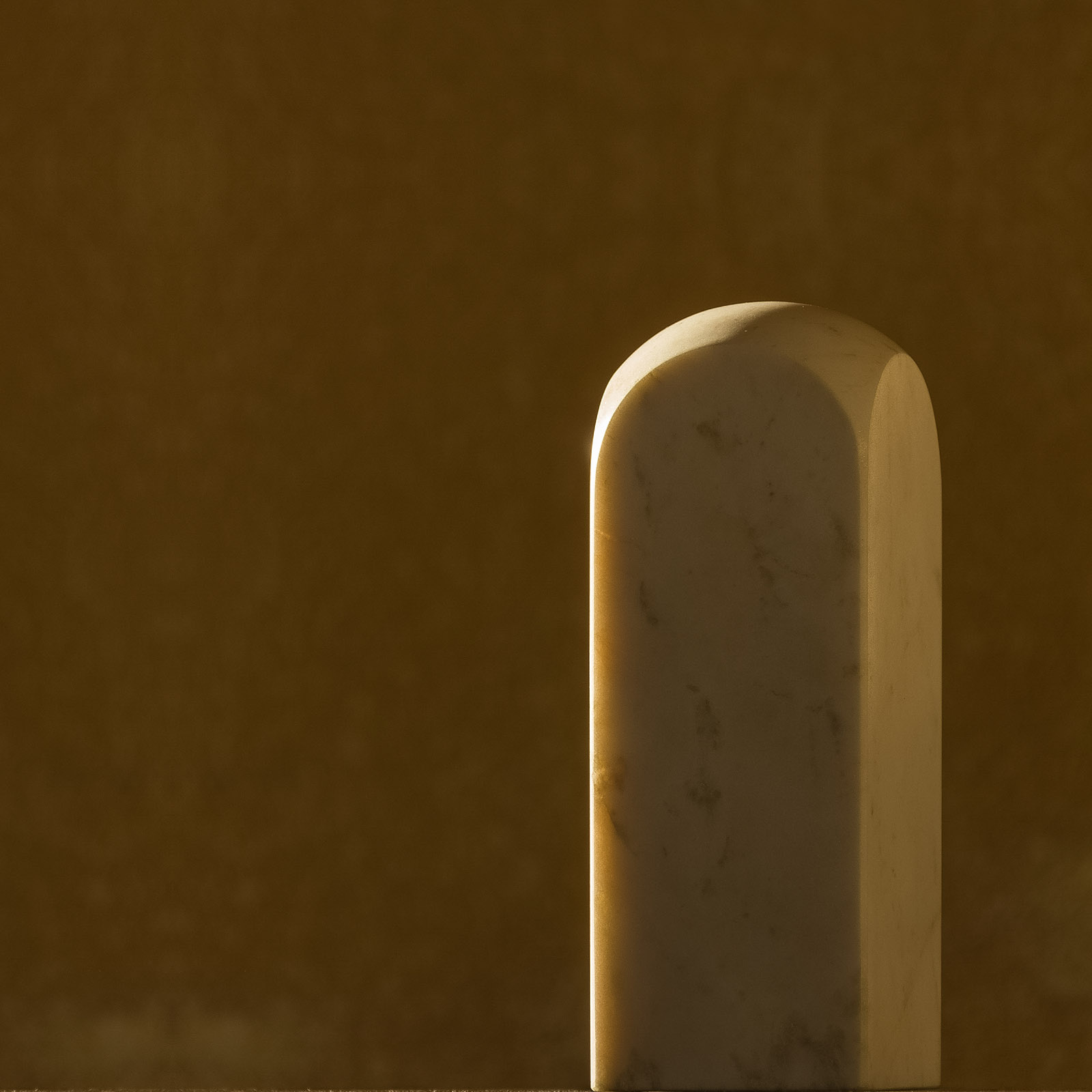
Min at the Soane
Sculptures part of an exhibition at Soane’s Museum
London, 13 September 2014
2014 – 2005
List of projects by architect Antonino Cardillo with white surfaces

Sculptures part of an exhibition at Soane’s Museum
London, 13 September 2014
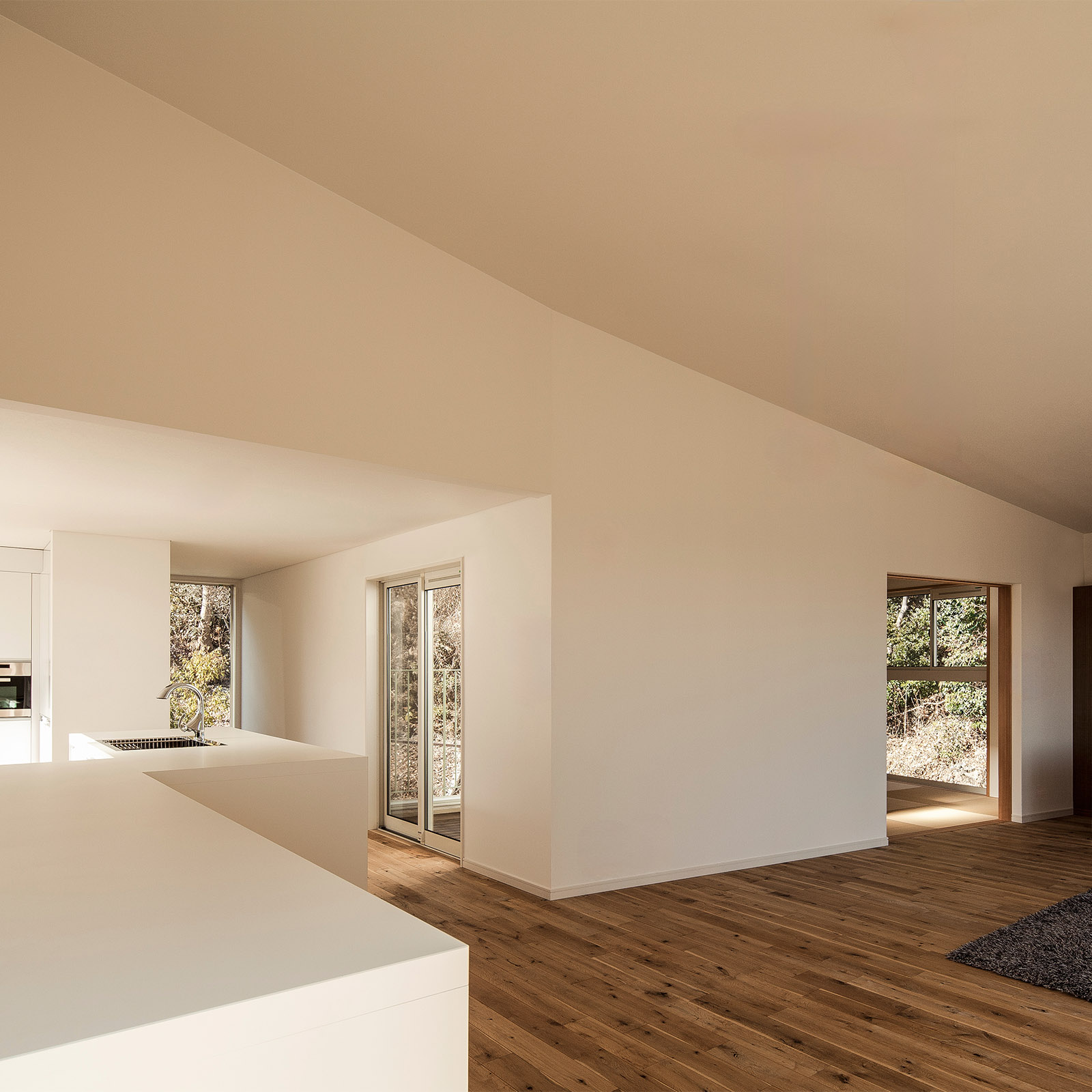
House on two levels overlooking the Osaka bay
Takarazuka, 19 February 2011
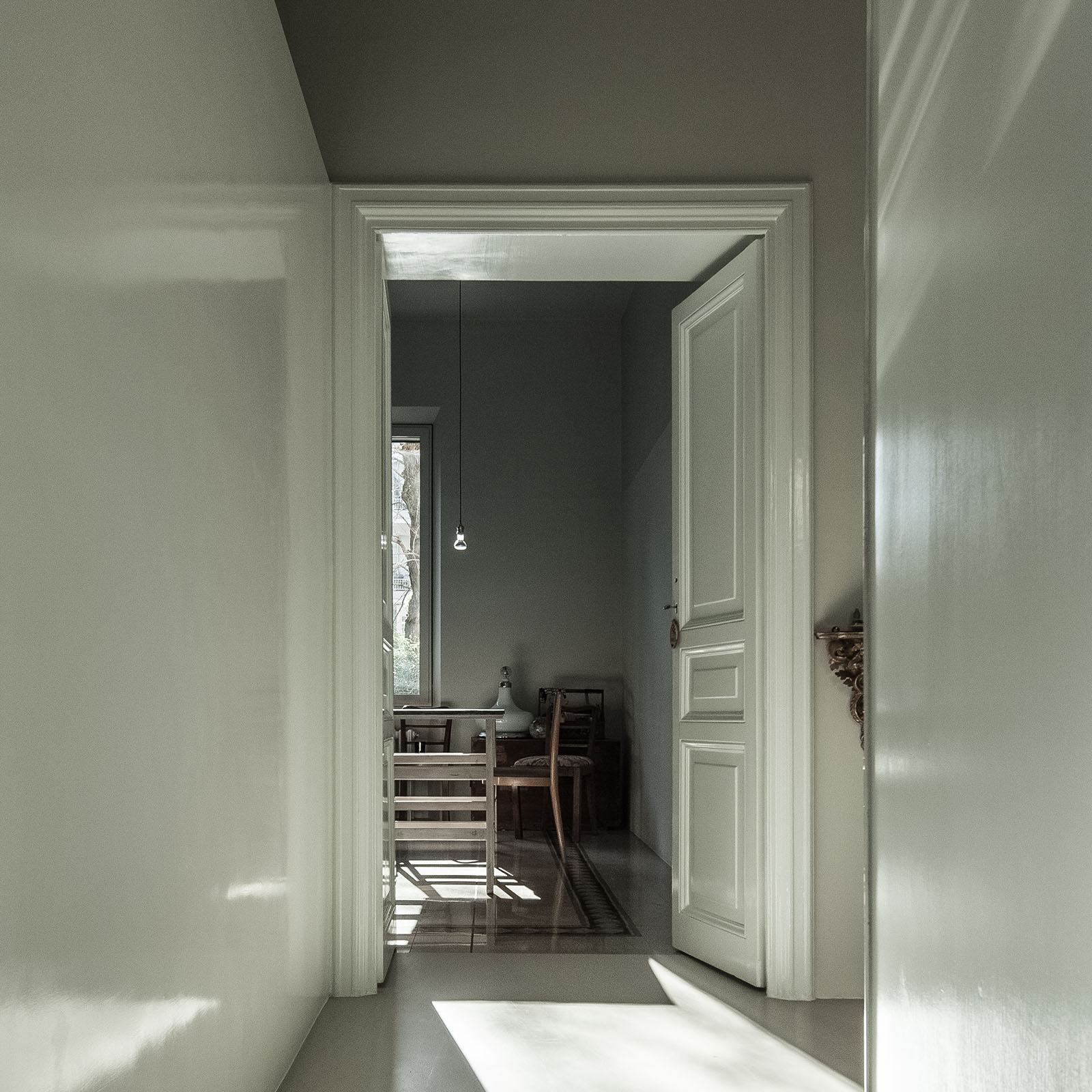
Apartment in Monteverde Vecchio ward
Rome, 1 January 2011
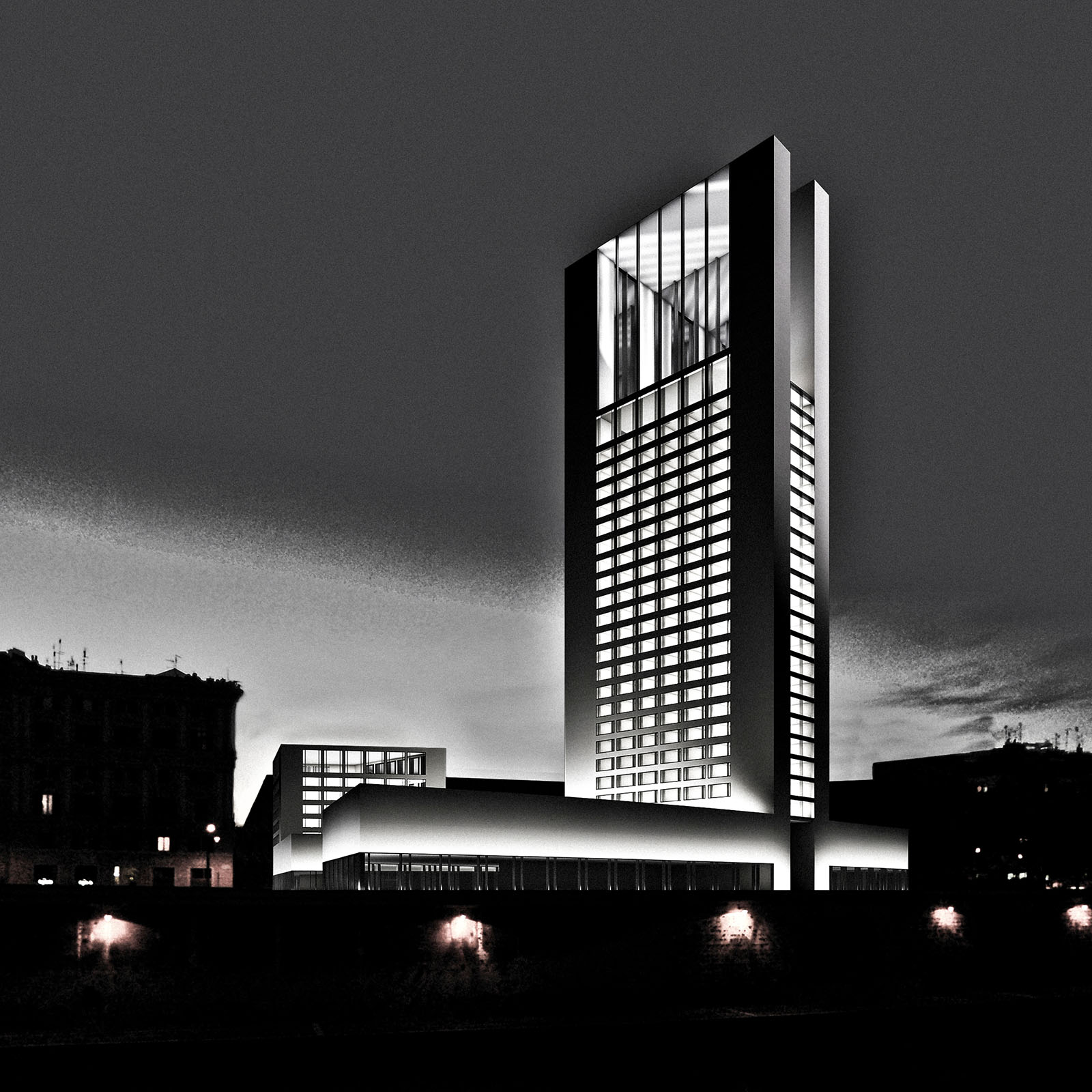
Hotel, offices and shops on the Lungotevere dei Mellini
Rome, 25 November 2007
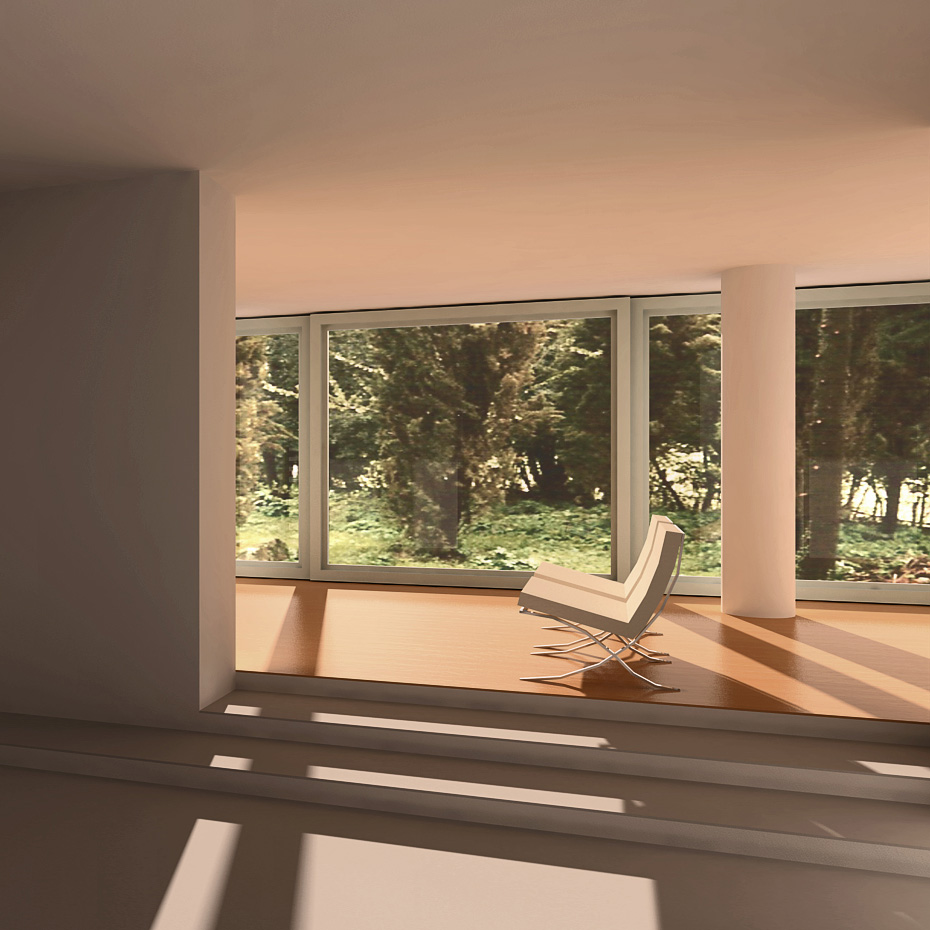
House on two floors near Lago di Bracciano
Manziana, 1 May 2005